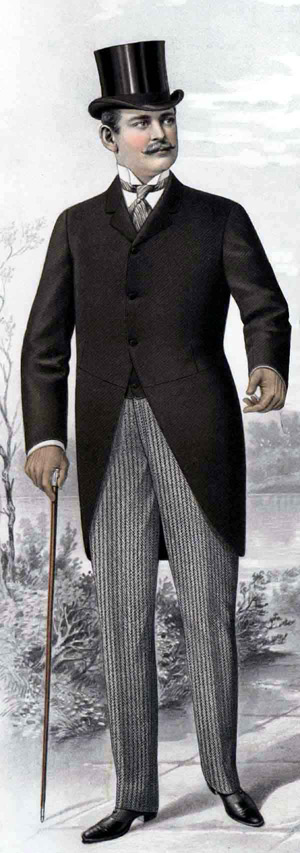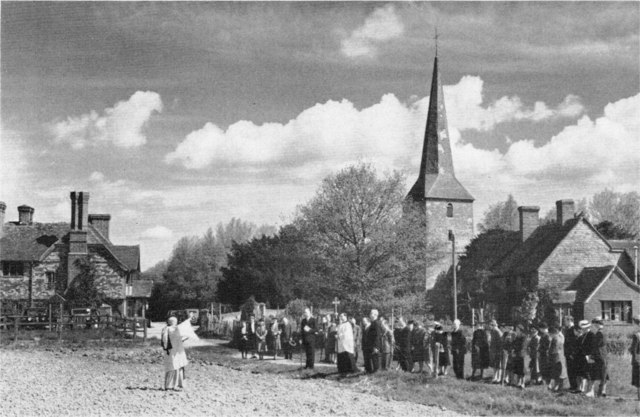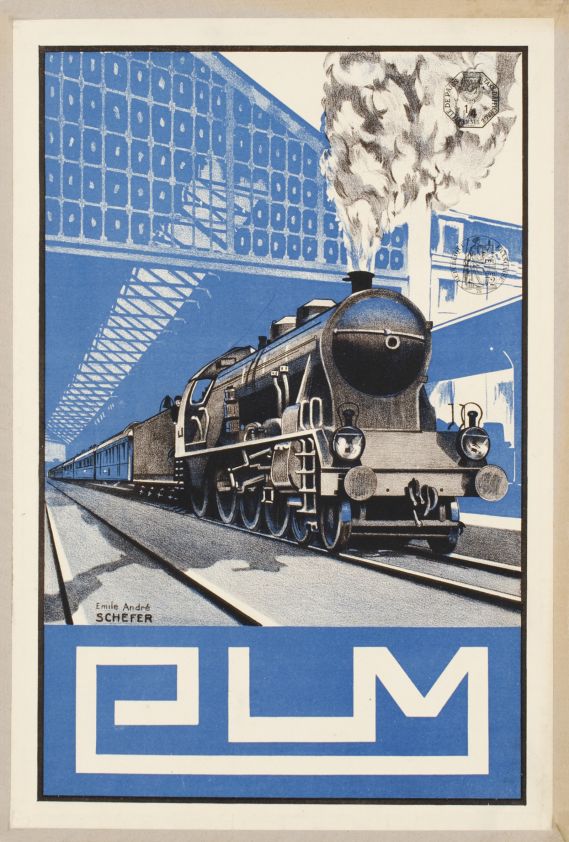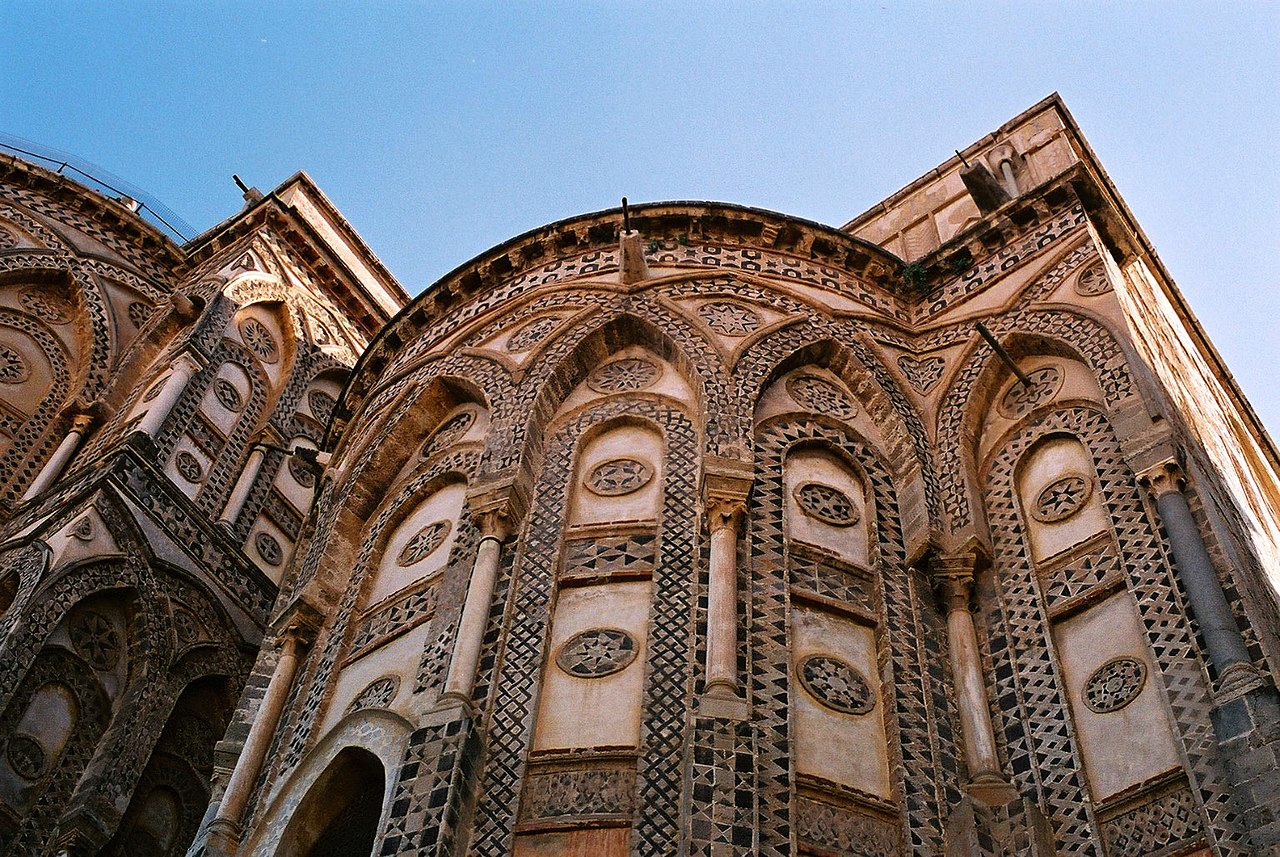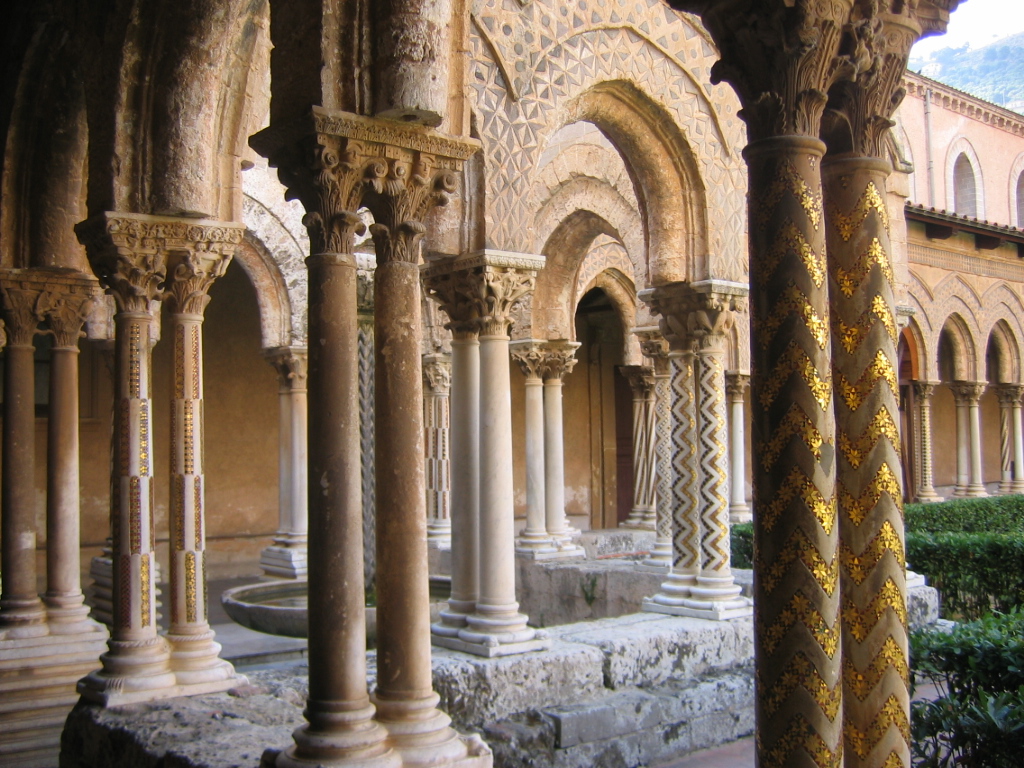Text from The Saint Andrew Daily Missal.
Saint George.
Martyr.
Feast Day 23 April.
Semi-Double.
[Editor: In England, a Double of The First-Class with
an Octave, being The Patron Saint of England.]
Red Vestments.

The Martyrdom of Saint George.
Artist: Paolo Veronese (1528–1588).
Date: 1564.
Current location: San Giorgio-in-Braida, Verona, Italy.
Source: Web Gallery of Art:
(Wikimedia Commons)
Saint George, born of an illustrious family in Cappadocia [Editor: Modern-day Turkey], was promoted by Emperor Diocletian to the first rank in The Roman Army.
When the Emperor had published, at Nicomedia, his first edict against The Christians, Saint George reproached him for his cruelty. Immediately cast into prison, he was subjected to such atrocious torments that The Eastern Church calls him The Great Martyr. He was beheaded in 303 A.D.
This Patron of armies is Venerated by Greeks and Latins. Rome possesses a Sanctuary erected in his honour, where the Station is held on The Thursday after Ash Wednesday. England chose him for her Patron Saint in the 13th-Century. Therefore, in England, this Feast is a Double of The First-Class with an Octave.
Saint George is one of The Fourteen Auxiliary Saints, or FOURTEEN HOLY HELPERS
Mass: Protexisti.







